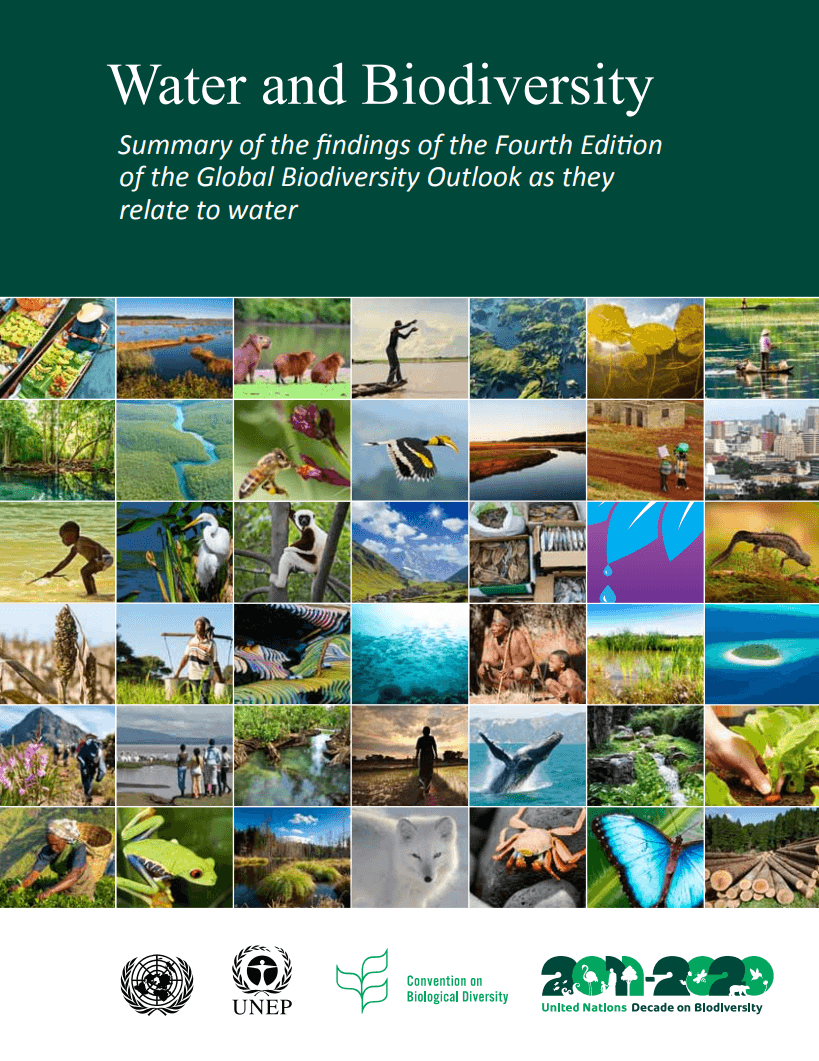The "Water and Biodiversity" report, derived from the Global Biodiversity Outlook 4 (GBO-4), highlights the critical interdependence between biodiversity and water management. It emphasizes that healthy ecosystems—forests, wetlands, rivers, and coastal areas—play a vital role in regulating water quality, availability, and disaster risk reduction. The report warns that biodiversity loss is accelerating, leading to degraded water systems, increased pollution, and reduced resilience to floods and droughts. It states that urbanization, agriculture, deforestation, and climate change are primary drivers of ecosystem degradation, affecting both human water security and aquatic biodiversity. While conservation efforts are increasing, wetlands, freshwater ecosystems, and natural habitats remain among the most threatened biomes.
The report stresses the need for integrated water resource management (IWRM), which combines ecosystem-based solutions with infrastructure development. It identifies three main pathways to sustainability: global technological solutions (enhancing efficiency through innovation), decentralized nature-based solutions (local conservation and ecological farming), and consumption change (reducing resource waste and pollution). It also advocates for stronger policy integration, green infrastructure, and sustainable land-use practices to enhance water security while protecting biodiversity. The report urges governments, industries, and communities to incorporate ecosystem-based approaches into water planning and investment to mitigate the risks posed by declining biodiversity. Without urgent action, the degradation of water-related ecosystems will continue to threaten global water security, food production, and climate resilience.





